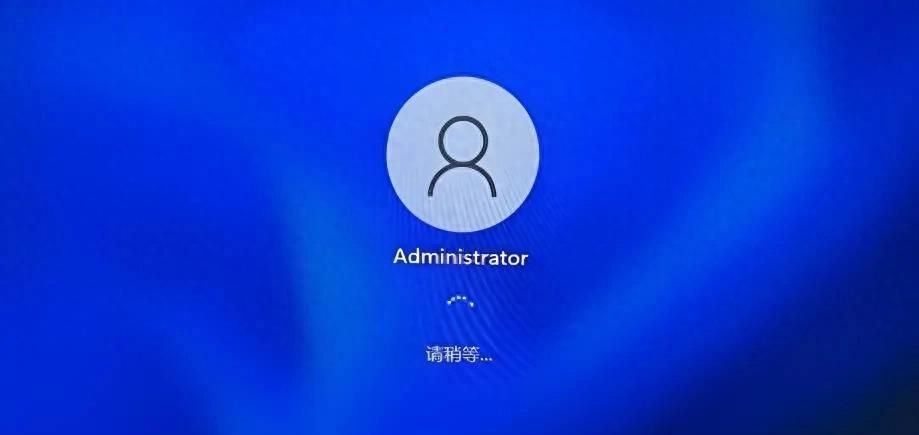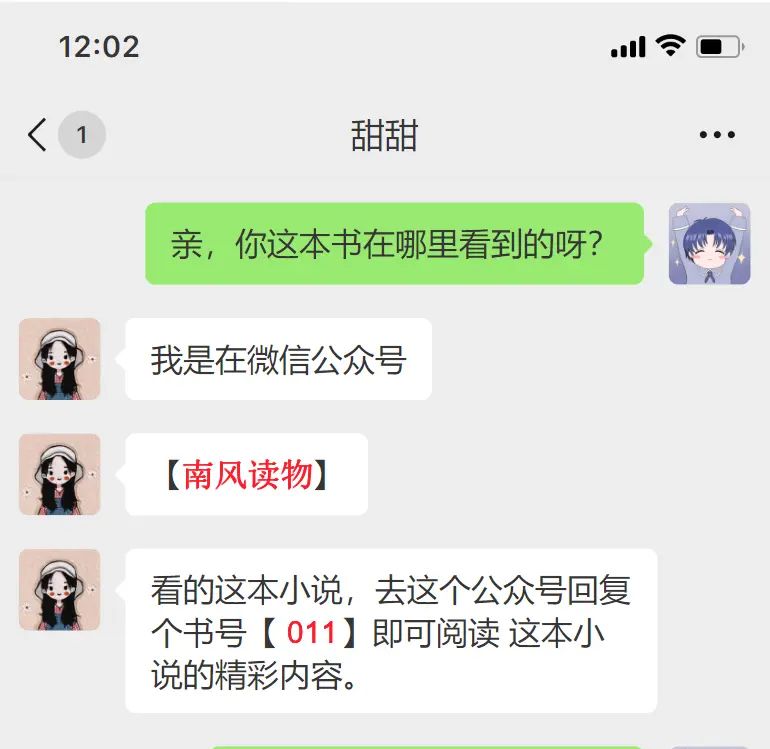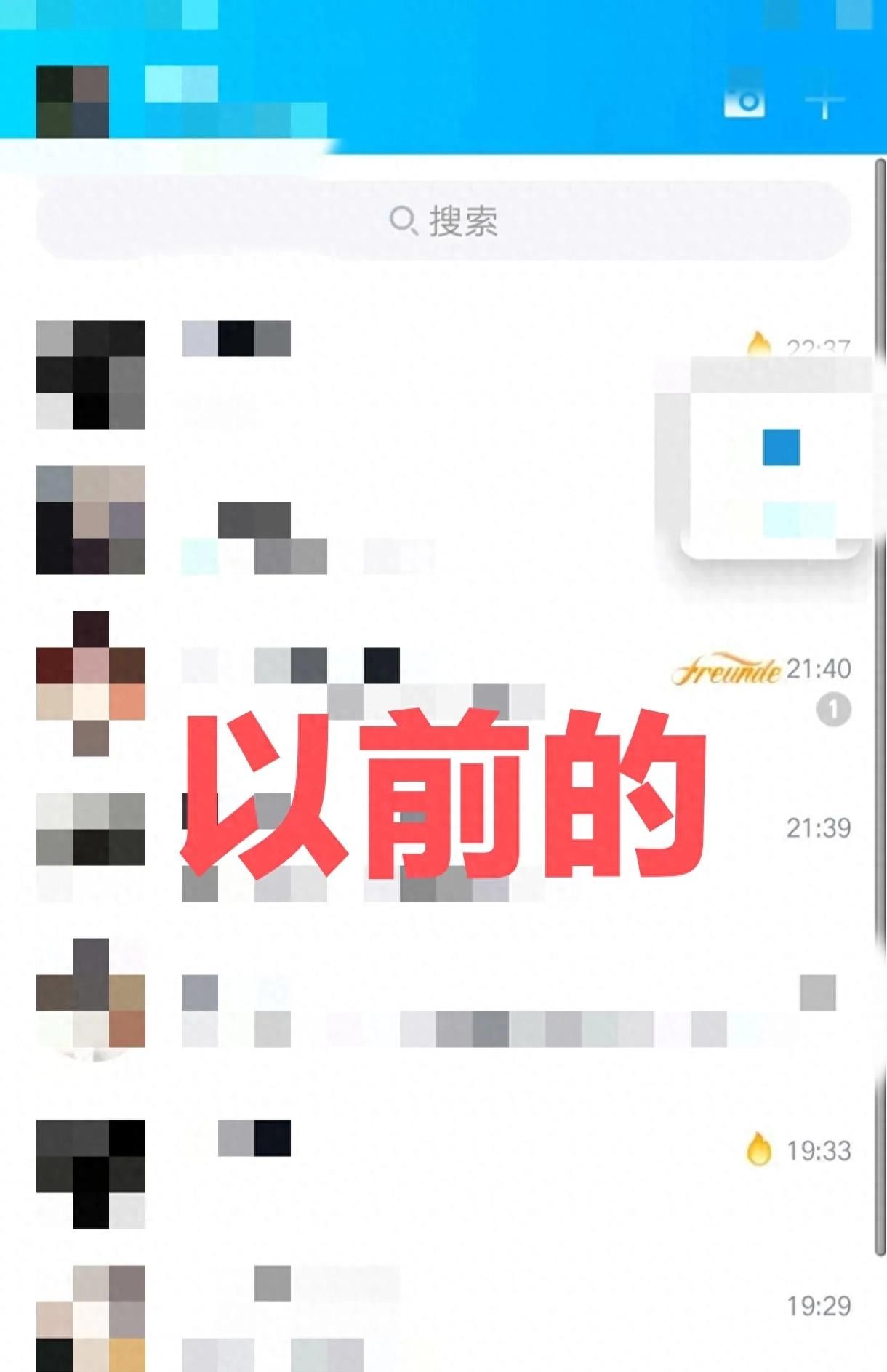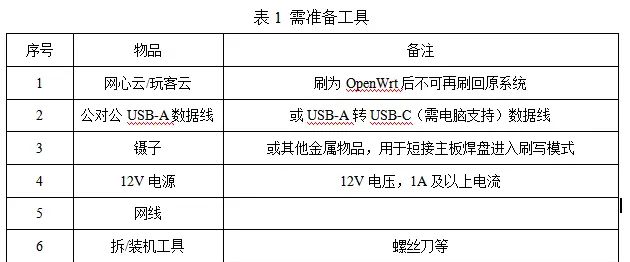在现代应用开发中,微信小程序因其强大的生态和用户基础,成为了移动互联网应用的重要组成部分。对于开发者而言,如何高效、稳定地与微信小程序进行交互是一个核心问题。本文将通过几个具体的功能实现,展示如何使用Go语言与微信小程序的API进行集成,涵盖验证码验证、用户记录更新、手机号码修改以及头像添加的功能。
1. 功能概述
我们将重点分析以下几个功能模块:
验证码验证 (CheckVerifyCode):确保用户输入的验证码是正确的。
微信小程序记录添加 (AddWxAppRecord):更新用户的小程序使用记录。
修改手机号码 (AddMobile):实现用户绑定新的手机号码。
添加用户头像 (AddAvatar):为用户设置或更新其头像。
1.1. 项目结构和依赖
所有功能模块都通过Go语言开发,代码通过与微信小程序的后端服务进行通信,利用Protobuf协议来发送和接收数据。每个功能模块都利用了Go语言的proto包进行数据序列化与反序列化,保证数据传输的高效与准确。
2. 核心功能解析
2.1. 验证码验证 (CheckVerifyCode)
go
复制
func CheckVerifyCode(Data CheckVerifyCodeData) *mm.CheckVerifyCodeResponse { D, err := comm.GetLoginata(Data.Wxid) if err != nil { return nil } req := &mm.CheckVerifyCodeRequest{ BaseRequest: &mm.BaseRequest{ SessionKey: D.Sessionkey, Uin: proto.Uint32(D.Uin), DeviceId: D.Deviceid_byte, ClientVersion: proto.Int32(int32(D.ClientVersion)), DeviceType: []byte(D.DeviceType), Scene: proto.Uint32(0), }, Appid: proto.String(Data.Appid), Mobile: proto.String(Data.Mobile), VerifyCode: proto.String(Data.VerifyCode), } reqdata, err := proto.Marshal(req) if err != nil { return nil } protobufdata, _, _, err := comm.SendRequest(comm.SendPostData{ Ip: D.Mmtlsip, Host: D.MmtlsHost, Cgiurl: "/cgi-bin/mmbiz-bin/wxaapp/customphone/checkverifycode", Proxy: D.Proxy, PackData: Algorithm.PackData{ Reqdata: reqdata, Cgi: 0xa7d, Uin: D.Uin, Cookie: D.Cooike, }, }, D.MmtlsKey) if err != nil { return nil } Response := mm.CheckVerifyCodeResponse{} err = proto.Unmarshal(protobufdata, &Response) if err != nil { return nil } return &Response }
2.1.1. 功能概述
CheckVerifyCode方法用于验证用户提交的验证码是否正确。函数首先通过comm.GetLoginata()获取当前登录数据(包括SessionKey、Uin、DeviceId等)。然后,构造一个Protobuf请求对象,将用户的手机号、验证码以及其他必要的请求数据一起发送给微信服务器。
请求数据通过proto.Marshal()进行序列化,发送后使用comm.SendRequest()函数与服务器进行交互,并接收返回的Protobuf响应数据。最后,响应数据会被反序列化,并返回给调用方。
2.1.2. 关键技术点
Protobuf数据序列化与反序列化:Go中的proto.Marshal()和proto.Unmarshal()方法确保了数据的高效传输和解析。
请求封装与发送:使用了comm.SendRequest方法封装HTTP请求并发送至微信的API端点。
2.2. 微信小程序记录更新 (AddWxAppRecord)
go
复制
func AddWxAppRecord(Data AddWxAppRecordParam) models.ResponseResult { D, err := comm.GetLoginata(Data.Wxid) if err != nil { return models.ResponseResult{ Code: -8, Success: false, Message: fmt.Sprintf("异常:%v", err.Error()), } } currentTime := time.Now().Unix() ts := strconv.FormatInt(currentTime, 10) req := &mm.UpdateWxaUsageRecordRequest{ BaseRequest: &mm.BaseRequest{ SessionKey: D.Sessionkey, Uin: proto.Uint32(D.Uin), DeviceId: D.Deviceid_byte, ClientVersion: proto.Int32(int32(D.ClientVersion)), }, Scene: proto.Uint32(1047), IsFromBackground: proto.Uint32(0), VersionType: proto.Uint32(0), RecordType: proto.Uint32(2), OpType: proto.Uint32(1), Username: &Data.Username, } reqdata, err := proto.Marshal(req) if err != nil { return models.ResponseResult{ Code: -8, Success: false, Message: fmt.Sprintf("系统异常:%v", err.Error()), } } protobufdata, _, errtype, err := comm.SendRequest(comm.SendPostData{ Ip: D.Mmtlsip, Host: D.MmtlsHost, Cgiurl: "/cgi-bin/mmbiz-bin/wxaapp/updatewxausagerecord", Proxy: D.Proxy, PackData: Algorithm.PackData{ Reqdata: reqdata, Cgi: 1149, Uin: D.Uin, Cookie: D.Cooike, }, }, D.MmtlsKey) if err != nil { return models.ResponseResult{ Code: errtype, Success: false, Message: err.Error(), } } Response := mm.UpdateWxaUsageRecordResponse{} err = proto.Unmarshal(protobufdata, &Response) if err != nil { return models.ResponseResult{ Code: -8, Success: false, Message: fmt.Sprintf("反序列化失败:%v", err.Error()), } } return models.ResponseResult{ Code: 0, Success: true, Message: "成功", Data: Response, } }
2.2.1. 功能概述
AddWxAppRecord函数用于更新用户在微信小程序中的使用记录。该功能常用于记录用户操作场景、版本信息等,通过发送请求更新到微信的后端系统。
函数首先获取当前用户的登录数据,然后构造一个Protobuf请求对象,传递必要的参数(如scene、username、recordType等)。数据被序列化后,通过comm.SendRequest()发送至指定的API接口。
2.2.2. 关键技术点
时间戳管理:使用当前时间戳作为记录更新的一部分,保证数据的时效性和一致性。
数据请求与响应:通过Protobuf进行数据封装,确保请求与响应的高效处理。
2.3. 修改手机号码 (AddMobile)
go
复制
func AddMobile(Data CheckVerifyCodeData) models.ResponseResult { D, err := comm.GetLoginata(Data.Wxid) if err != nil { return models.ResponseResult{ Code: -8, Success: false, Message: fmt.Sprintf("异常:%v", err.Error()), } } retx := CheckVerifyCode(Data) if retx == nil || *retx.EncryptedData == "" { return models.ResponseResult{ Code: -8, Success: true, Message: "异常", Data: nil, } } req := &mm.ModMobileRequest{ BaseRequest: &mm.BaseRequest{ SessionKey: D.Sessionkey, Uin: proto.Uint32(D.Uin), DeviceId: D.Deviceid_byte, ClientVersion: proto.Int32(int32(D.ClientVersion)), }, Appid: proto.String(Data.Appid), Mobile: proto.String(Data.Mobile), } reqdata, err := proto.Marshal(req) if err != nil { return models.ResponseResult{ Code: -8, Success: false, Message: fmt.Sprintf("系统异常:%v", err.Error()), } } protobufdata, _, errtype, err := comm.SendRequest(comm.SendPostData{ Ip: D.Mmtlsip, Host: D.MmtlsHost, Cgiurl: "/cgi-bin/mmbiz-bin/wxaapp/customphone/updateuserphone", Proxy: D.Proxy, PackData: Algorithm.PackData{ Reqdata: reqdata, Cgi: 2932, Uin: D.Uin, Cookie: D.Cooike, }, }, D.MmtlsKey) if err != nil { return models.ResponseResult{ Code: errtype, Success: false, Message: err.Error(), } } Response := mm.JSLoginResponse{} err = proto.Unmarshal(protobufdata, &Response) if err != nil { return models.ResponseResult{ Code: -8, Success: false, Message: fmt.Sprintf("反序列化失败:%v", err.Error()), } } return models.ResponseResult{ Code: 0, Success: true, Message: "成功", Data: retx, } }
2.3.1. 功能概述
AddMobile函数实现了修改用户绑定的手机号码的功能。首先,验证验证码的正确性,如果验证通过,则构造一个Protobuf请求,发送至微信的API接口进行手机号码更新。
2.3.2. 关键技术点
验证码验证与手机绑定:通过CheckVerifyCode验证验证码,确保手机号码修改的安全性。
数据加密与传输:确保用户数据通过加密方式进行安全传输,防止信息泄露。
3. 总结
通过本文的分析,我们详细探讨了如何使用Go语言与微信小程序的API进行高效的集成。我们使用Protobuf协议进行数据传输,确保了通信的高效性和可靠性。通过上述功能模块,我们展示了如何实现验证码验证、用户记录更新、手机号码修改与头像设置等常见功能,并通过Go语言的强大支持,构建了稳定的系统架构。
对于开发者而言,理解并掌握这些技术细节,不仅能够提高与微信小程序的集成效率,也能确保开发过程中系统的高可用性和安全性。



























暂无评论内容